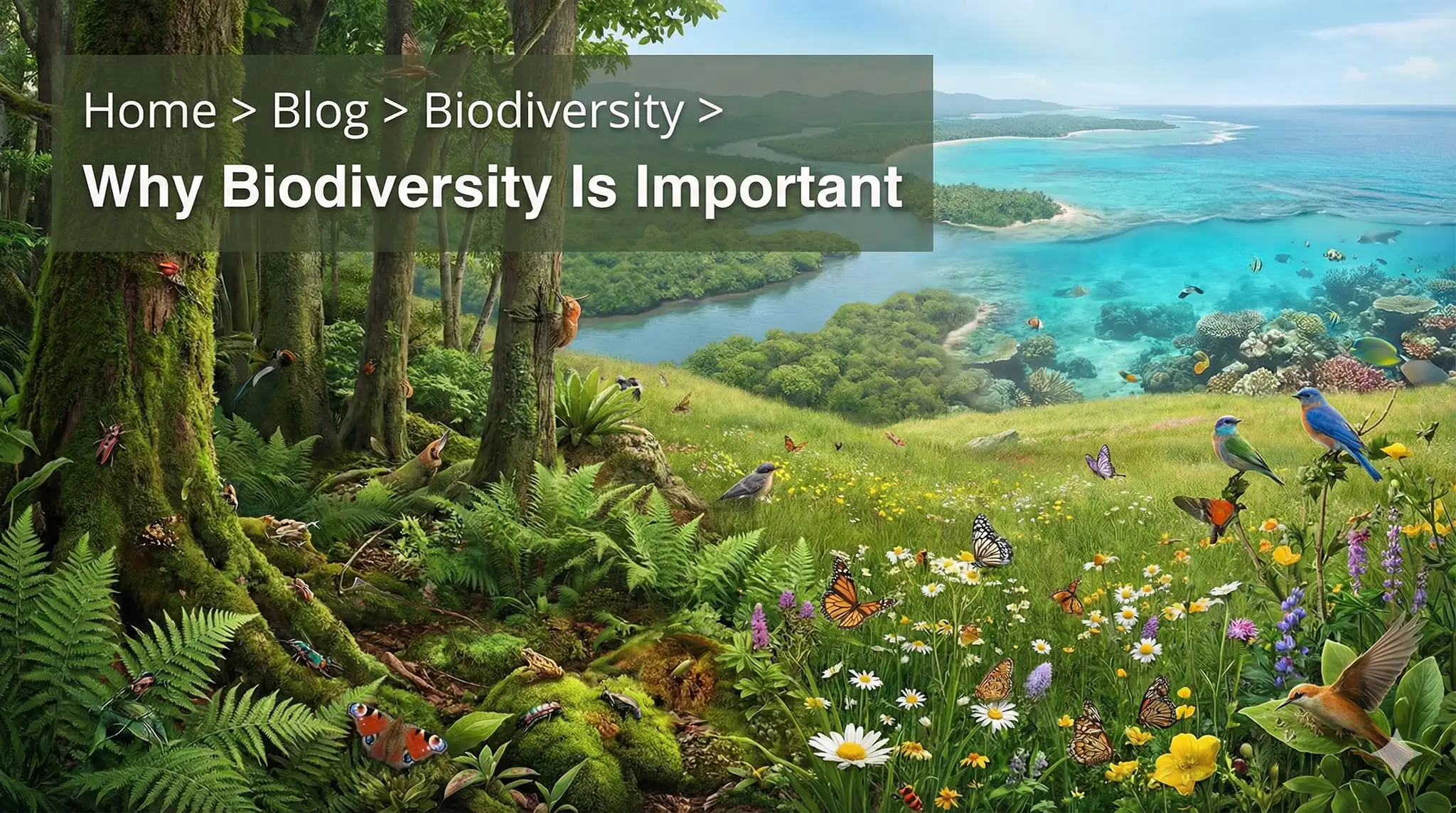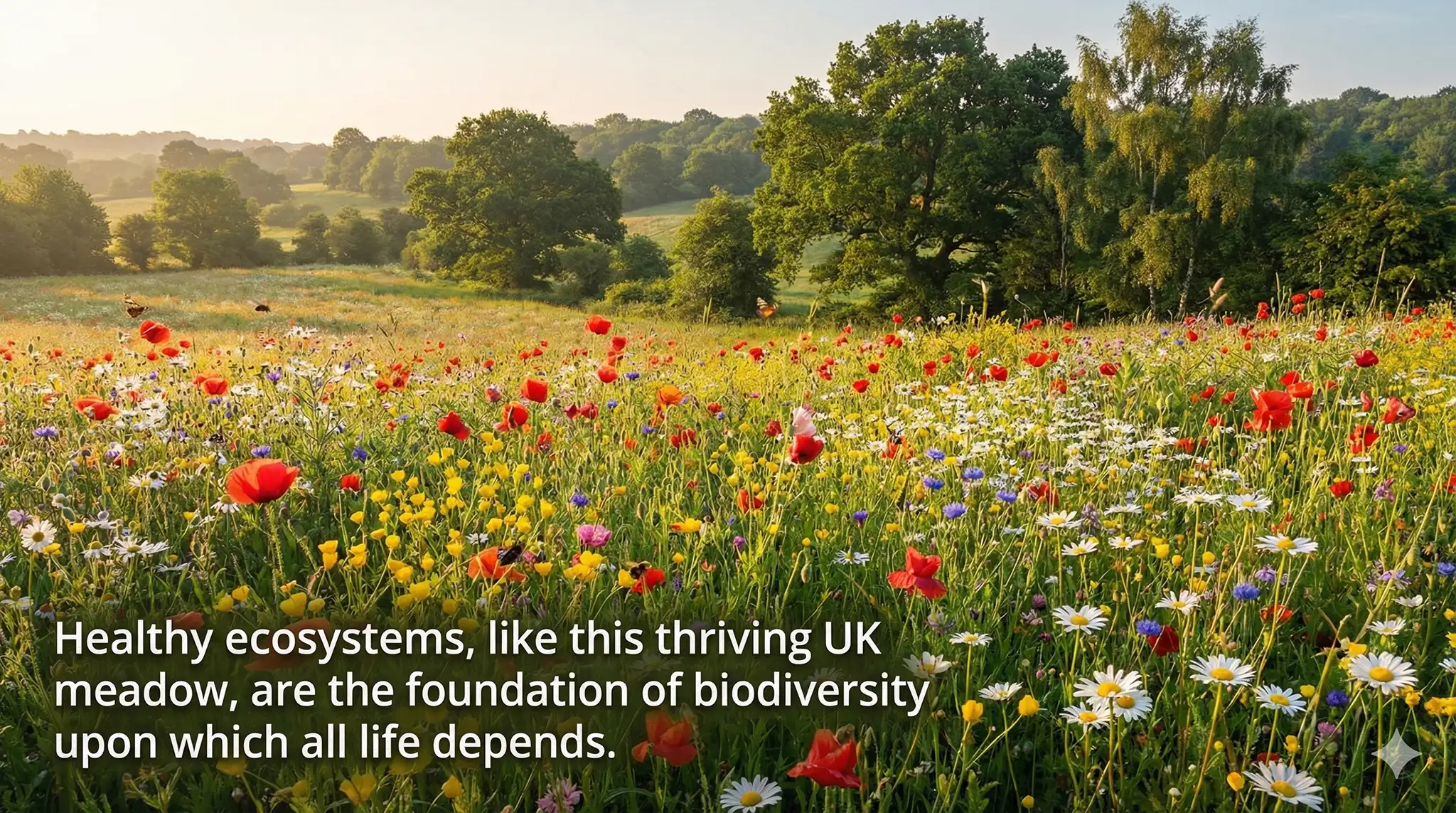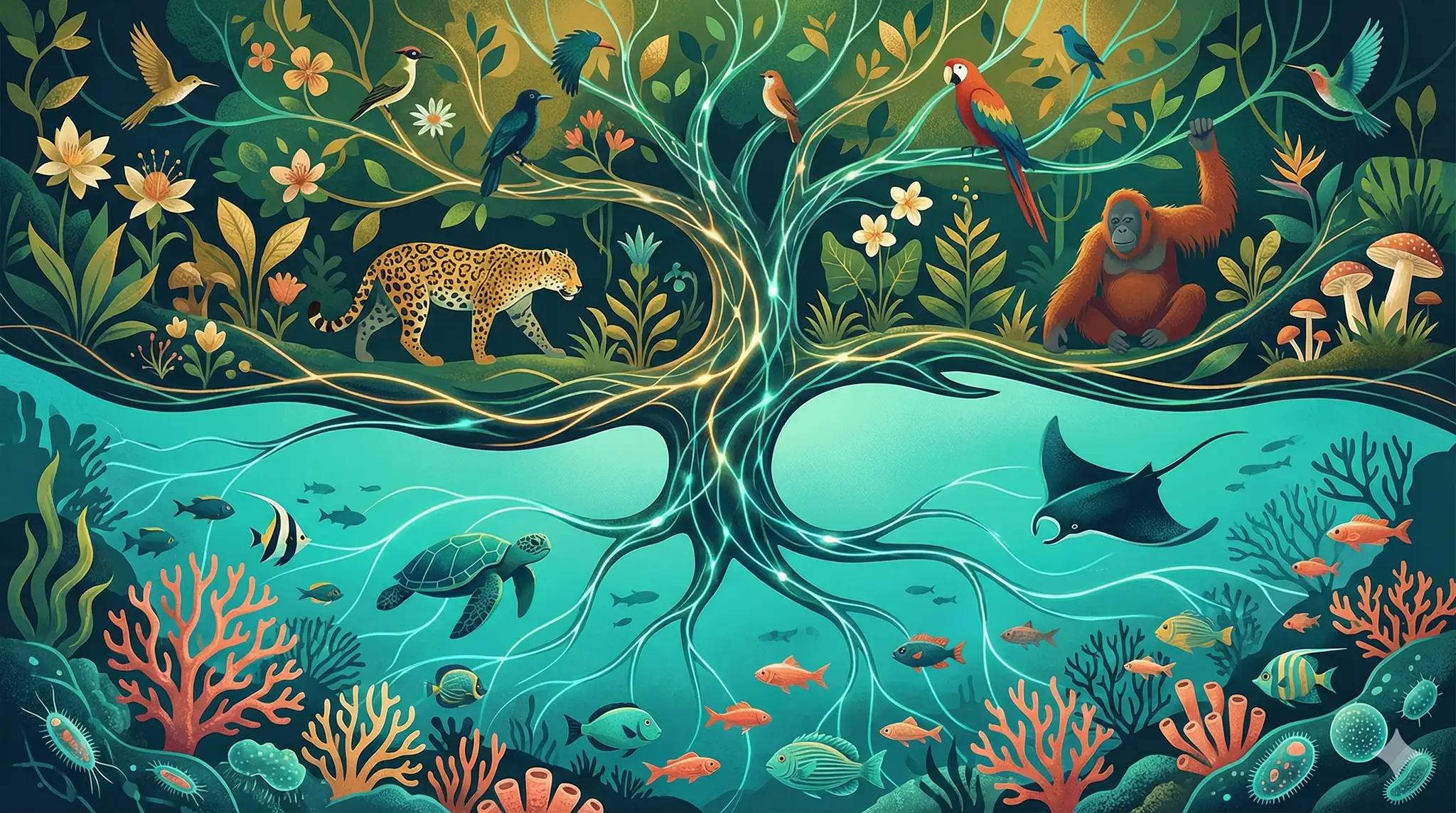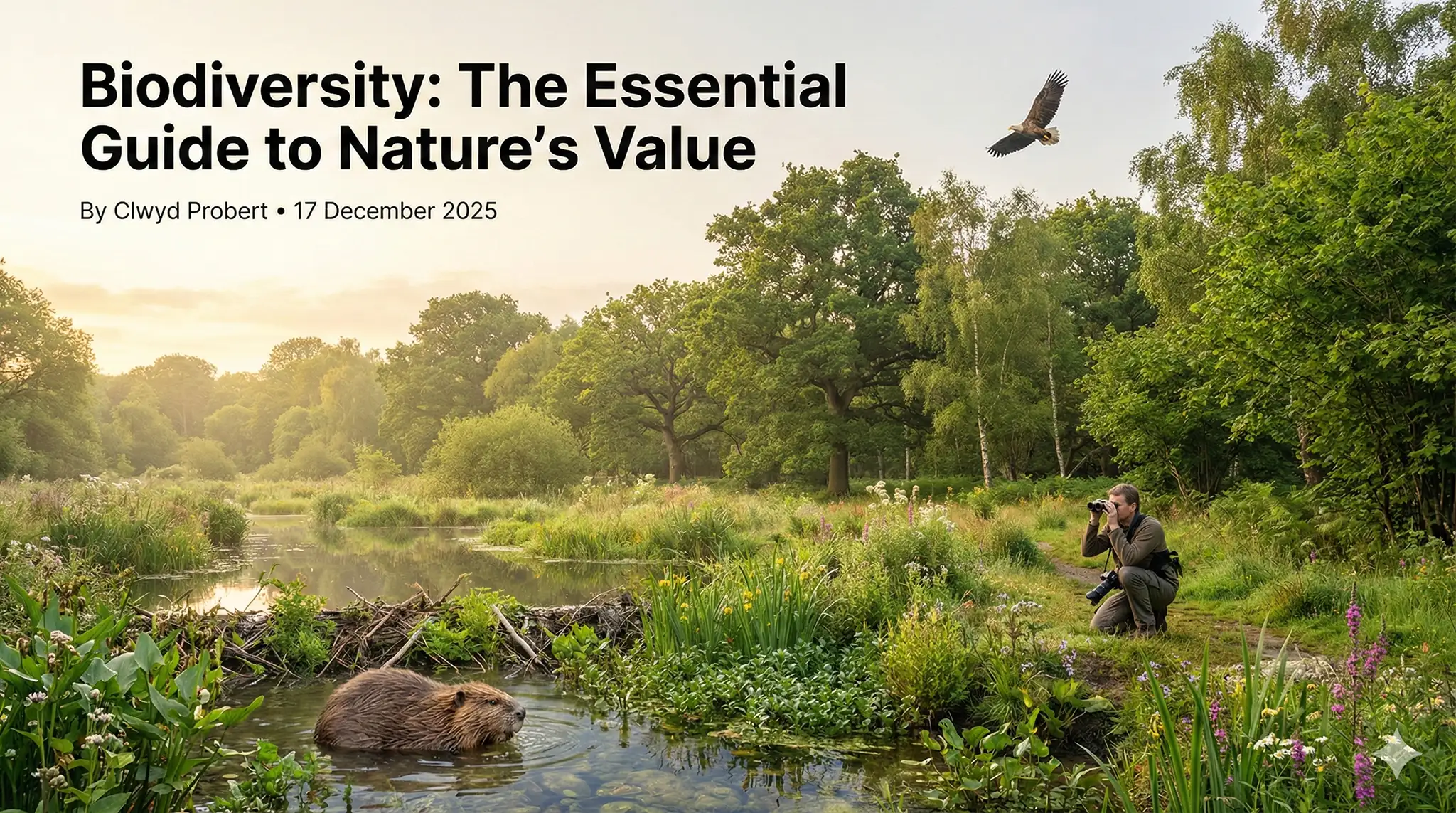The UK is facing a biodiversity crisis, with many species of animals and plants at risk of extinction. This is a serious problem not only for the enjoyment of seeing nature but for our very existence as a species. In this article, we will explore the causes and consequences of this crisis, and what we can do to stop it.
Executive Summary
The UK is in the midst of a biodiversity crisis, with many species at risk of extinction:
- The main causes of this decline are climate change, damage and disturbance to protected sites, and increased access to these sites by humans
- The UK government has been accused of duplicity in its approach to the crisis, with official statistics downplaying the severity of the problem
- Independent experts say that the government's figures are misleading and that the situation is actually much worse than is being reported
- There is an urgent need for action to address this crisis before it is too late
The UK has lost about half its biodiversity and continues to lose more, due to human activity. - The government's plans for nature recovery networks are inadequate for the task of stopping the loss of biodiversity.
- Dogs are bad news for wildlife and should be banned from nature reserves.
- People need to respect nature more, and not treat natural areas as recreation areas.
- The government needs to be persuaded to act urgently on science-led plans to halt the loss of biodiversity.
The UK’s Biodiversity Crisis
Hedgehogs: A Symbol of Decline
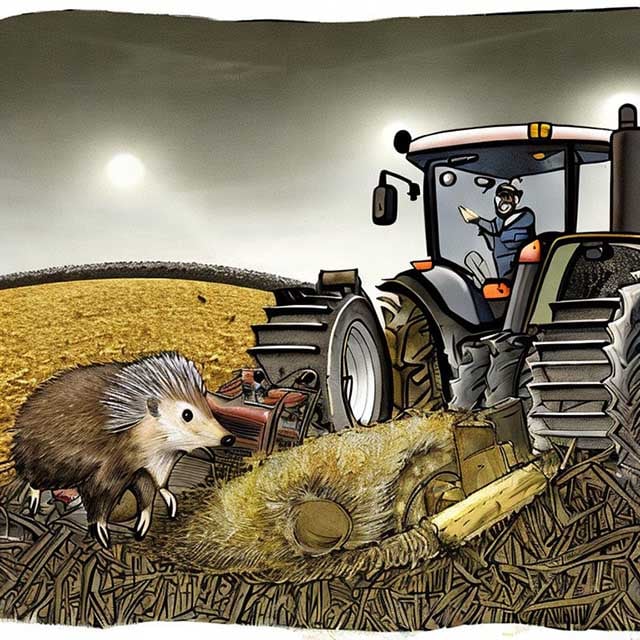 Hedgehogs are a prime example of the decline in biodiversity in the UK. Their population has declined by 95% since the 1950s, and they are now considered vulnerable to extinction. This is just one example of the many species at risk in the UK.
Hedgehogs are a prime example of the decline in biodiversity in the UK. Their population has declined by 95% since the 1950s, and they are now considered vulnerable to extinction. This is just one example of the many species at risk in the UK.
Hedgehogs are important for the ecosystem because they eat insects, slugs, snails, and worms. They also provide food for other animals such as foxes, badgers, and owls. They are also a beloved part of British culture and folklore.
However, hedgehogs face many threats from human activity. These include habitat loss due to urbanisation and agriculture, road traffic accidents, pesticides and poisons, predation by domestic pets, and climate change.
Habitat loss is one of the main reasons why hedgehogs are declining. They need a variety of habitats such as grasslands, woodlands, hedgerows, and gardens to find food and shelter. However, many of these habitats have been destroyed or fragmented by urban development and intensive farming. This reduces the availability and quality of food sources and nesting sites for hedgehogs.
Road traffic accidents are another major cause of hedgehog mortality. Hedgehogs often cross roads to find new habitats or mates. However, they are vulnerable to being hit by cars because they are nocturnal and have poor eyesight. According to some estimates, up to 100000 hedgehogs die on UK roads every year.
Pesticides and poisons are also harmful to hedgehogs. They can reduce their food supply by killing insects and other invertebrates that they eat. They can also directly affect their health by causing poisoning or diseases. Some common pesticides and poisons that affect hedgehogs include slug pellets, rat poison, weed killers, and antifreeze.
Predation by domestic pets is another threat to hedgehogs. Cats and dogs can attack or injure hedgehogs when they encounter them in gardens or parks. Some studies suggest that cats may be responsible for up to 10% of hedgehog deaths in urban areas.
Climate change is also affecting hedgehogs in various ways. It can alter their hibernation patterns by changing the temperature and day length cues that trigger their dormancy. This can make them more vulnerable to starvation or predation during winter or summer periods when food is scarce or competition is high. It can also affect their reproduction by changing the timing and availability of mates and resources.
These are some of the main threats that hedgehogs face in the UK today. If we want to save them from extinction, we need to address these issues urgently.
The Importance of Biodiversity
The UN report from a few years ago highlights just how important biodiversity is. It is not only important for the enjoyment of seeing nature, but it is crucial for our existence as a species. We need to take action to protect biodiversity or we will face serious consequences in the future.
Biodiversity is essential to the health of our ecosystems. Without biodiversity, we would not have insect-eating birds, seed-eating birds or mammals. These animals are at the top of the food chain and depend on the health of the ecosystem for their survival.
Biodiversity also provides us with many benefits such as food security, pollination services, clean water, climate regulation, medicinal resources, and cultural values. Losing biodiversity means losing these benefits and putting our well-being at risk.
The Causes of Biodiversity Loss
There are several factors that are causing the decline in biodiversity. The most important ones are climate change, damage and disturbance in protected sites, and encouraging people to access these sites.
Climate change is a very important factor in the decline of biodiversity. It is affecting the habitats of many species and making it difficult for them to survive. For example, rising temperatures can alter the timing of flowering and migration, which can disrupt the interactions between plants and animals. Extreme weather events can also destroy habitats and cause mortality.
Damage and disturbance in protected sites are also major problems. These sites are supposed to be safe havens for wildlife, but human activity is damaging them. For example, illegal hunting, fishing, logging, mining, grazing, and burning can degrade these sites and reduce their value for conservation.
Encouraging people to access these sites is also damaging them. For example, recreational activities such as hiking, camping, cycling, and off-road driving can disturb wildlife and cause erosion and pollution.
These are the three main factors that are causing the decline in biodiversity. If we want to stop this decline, we need to address these issues.
What We Can Do To Save Biodiversity
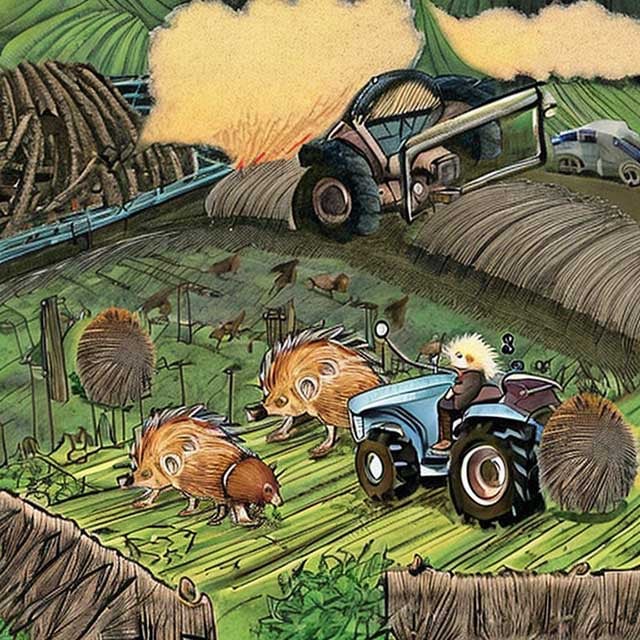 There are many actions that we can take to save biodiversity in the UK and around the world. Some examples are:
There are many actions that we can take to save biodiversity in the UK and around the world. Some examples are:
-
-
- Supporting conservation organisations that work to protect habitats and species at risk;
- Reducing our carbon footprint by using renewable energy sources and avoiding unnecessary travel;
- Adopting sustainable practices in agriculture and forestry such as organic farming and agroforestry;
- Creating wildlife-friendly gardens by planting native plants and providing shelters for hedgehogs and other animals;
- Educating ourselves and others about the importance of biodiversity and how to protect it;
- Participating in citizen science projects that monitor wildlife populations and trends;
-
These are some ways that we can help save biodiversity. By doing so, we will not only protect nature but also ourselves and future generations.
FAQ
Q: What is biodiversity?
A: Biodiversity is the variety of life on Earth, including all the different species of animals, plants, fungi, and microorganisms, as well as their genes and ecosystems.
Q: Why is biodiversity important?
A: Biodiversity is important for many reasons. It supports the health and functioning of our ecosystems, which provide us with essential services such as food, water, climate regulation, and medicine. It also contributes to our well-being by providing us with cultural, aesthetic, and recreational values.
Q: What are the main threats to biodiversity in the UK?
A: The main threats to biodiversity in the UK are habitat loss and fragmentation due to urbanisation and agriculture, overexploitation of natural resources such as fishing and hunting, invasive species that compete with or prey on native species, pollution that harms the quality of air water soil and habitats, and climate change that alters the temperature precipitation and seasonality of ecosystems.
Q: What are some examples of endangered species in the UK?
A: Some examples of endangered species in the UK are hedgehogs, red squirrels, water voles, cuckoos, skylarks, butterflies, bees, orchids, and bluebells.
Q: What can we do to protect biodiversity in the UK?
A: We can do many things to protect biodiversity in the UK. Some examples are:
-
-
- Creating more protected areas such as national parks wildlife reserves and marine sanctuaries that conserve habitats and species.
- Restoring degraded habitats such as wetlands woodlands grasslands and peatlands enhance ecosystem services and resilience.
- Reducing our consumption of natural resources such as energy water food and materials reduce our ecological footprint and greenhouse gas emissions.
- Supporting sustainable practices such as organic farming renewable energy recycling and green transport that minimise environmental impacts.
- Raising awareness and education about biodiversity issues among ourselves our communities our schools and our governments increase our knowledge and appreciation of nature and its benefits.
-
Resources
The UK Biodiversity Action Plan (UK BAP) 1 is a comprehensive plan that describes the biological resources of the UK and provides detailed plans for the conservation of these resources. It also identifies priority species and habitats that need urgent attention.
Forest Research 2 is a research agency that provides scientific evidence and advice on forests and biodiversity. It offers various resources such as reports, publications, tools, and datasets on topics such as woodland creation, restoration, management, and monitoring.
The Royal Society 3 is a scientific academy that promotes excellence in science. It has published a series of reports on biodiversity in the UK, covering topics such as drivers, trends, impacts, solutions, and governance. It also hosts events and podcasts on biodiversity issues.
The National Biodiversity Network (NBN) 4 is a partnership of organisations that share biological data and information. It operates the NBN Atlas, an online platform that allows anyone to access, explore, and download biodiversity data from across the UK.
The UK Government 5 publishes annual indicators on UK progress towards meeting the global biodiversity goals and targets agreed upon in 2010. It also provides guidance and legislation on biodiversity conservation and enhancement.
